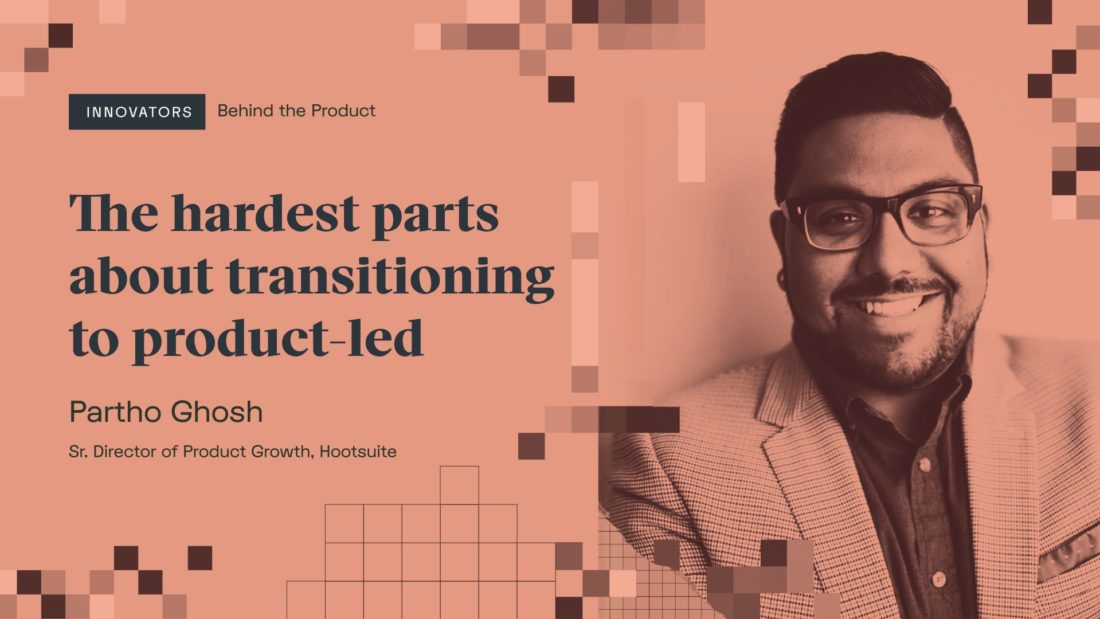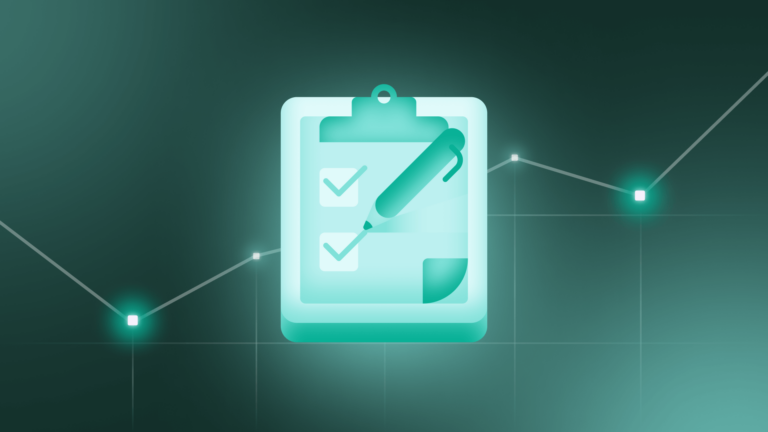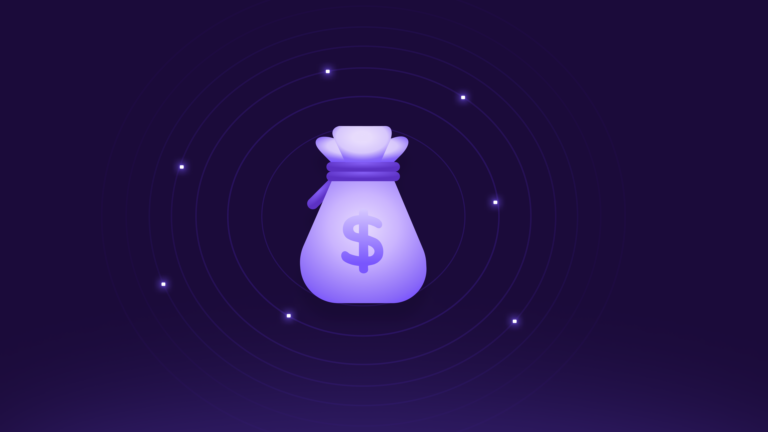
Partho Ghosh: The hardest parts about transitioning to product-led

Partho Ghosh calls himself “customer-obsessed.” It only takes a few minutes of talking with him about what he’s up to at Hootsuite to see how that spills into his work.
Since joining as its new Senior Director of Product Growth, Ghosh has been helping to mature the longtime social media management giant’s product-led growth (PLG) strategies. PLG, of course, is the kind of growth strategy that only works when customers are finding value in your product, meaning it’s right in Ghosh’s wheelhouse—and it has been for the last several stops in his career as a product leader.
In our chat, Ghosh talked to us about his go-to PLG tactics, how product analytics and cultivating a data-informed culture play important roles, and what the biggest challenges can be when transitioning teams and companies into PLG-heavy motions.
The following interview has been edited for brevity and clarity.
You joined Hootsuite about a year ago, in part, to help expand the company’s product-led growth strategies. Can you talk about what your experience with PLG has looked like across your career and whether there are any sort of core PLG principles you have taken with you to each different role you’ve had?
Definitely. I believe PLG in practice typically means adding more transparency to your product—that goes for the customer onboarding experience for the product and when it comes to finding value in it.
When I was at Unbounce, we did a number of things to this end. One of them was creating a “try now” demo experience. Right on our website, you could play around and test the product. It led to so much improvement in our lead generation and our conversion rates that I brought the same idea with me to Bananatag. And even though Bananatag was an enterprise company, we still saw some of the same benefits there.
I’ve been fortunate that most of the companies I’ve had stops at in my career have been very experimental and data-driven. I’ve gotten the opportunity to work on implementing all kinds of PLG product functions and features—experience I’m putting to use now at Hootsuite.
One example: We recently created a launchpad or homepage for Hootsuite customers, a place they can quickly find insights and data and reach the features they need quickly. Some products have their features all spread out, and that really hurts the user experience and time it takes to find value in the product.
We’ve also been adding more communications inside the product at Hootsuite. We’ll pop up user trends, data insight, and things like publishing reminders.
Hootsuite is leaning big into product-led growth now, but that wasn’t always the case. What was it that made the company adopt more product-led methods to its growth, and what do things like sales and user conversion motions look like at Hootsuite today?
Prior to 2020, Hootsuite was mostly sales-led. When I tell people that, they’re pretty shocked because Hootsuite doesn’t come off as the most sales-led, enterprise-focused company, but that was the reality. When the Founders of Hootsuite created the product, it was definitely a lot more product-led and self-serve, so it’s interesting to see how things ebb and flow through a company’s evolution. Organically through the pandemic, and through some changes because of data our teams gathered, we are now, in 2022, close to splitting our product-led and sales-led focuses, leaning much more into product-led. And that’s resulted in some awesome growth.
Today, we have three funnels. There’s our free funnel; there’s our self-serve funnel, which includes a free trial; and then we’ve got a sales-assist, sales-enabled funnel, which does a lot of helping customers move up to paid accounts when they’re ready. We really went down the path of learning how we have to split those up and what we have to do on the activation front and onboarding front to make our self-serve funnel a lot more strong and improved.
There were mainly two reasons we decided to lean more into our PLG funnels the last couple of years. First, we were already starting to see organic upward trends on the self-serve funnel, so putting effort there to see if we could boost it even more was a no-brainer. I think the second reason Hootsuite wanted to pull back from the sales-led funnel was that it was starting to lean too far into the “feature factory” approach to sales. That impulse to promise customers we’d add new features for the product just so we could close a deal was starting to hurt our product—and the business as a whole.
But now we focus on the PLG motion and selling what we have today, not what we could have years from now.
How have you used product analytics in product-led motions at Hootsuite?
With PLG, you want to get get users to an “aha” moment as soon as possible. At Hootsuite, we’ve used Mixpanel to help us find that our big “aha” moment, across the different customer account types, is essentially when a customer posts across several social networks a couple of times. Knowing that, we’ve looked at our product analytics to remove user friction and shrink the time it takes a new customer to get set up to do it. This used to be two or three hours. Now we want to be able to get them there in under 30 minutes.
We also use product analytics for our motion that funnels free customers to our sales team when we think they’re ready. We can look at the data and see: “Okay, this person’s doing X amount of things in the product. Maybe we should have a sales-assist intercept.” And that becomes a product qualified lead (PQL) for the sales team.
“A lot of companies become very focused on pleasing their top customers. ‘What features or changes to the product can we build to close another deal with them?’ And PLG is the exact opposite. You need to widely test what you’re putting in the market. You need to validate that general demand is there.”
What are the hardest things companies have to face when transitioning to PLG, and what have been your methods for navigating them?
I think often the hardest part is getting various teams at the company to buy in. I find that, in a lot of organizations, the marketing team is the one that’s clamoring for it. That’s because if a product can essentially sell itself, it’s usually easier to market.
Sales often has a harder time buying in because they’re worried about their jobs. But once they do buy in, they realize it’s so much better because they can work on bigger deals that focus on deeper value realization and sophisticated use-cases in your product. And if the product can at least somewhat sell itself, then sales isn’t starting from scratch on those deals. Apart from that, I do truly believe that sales-enabled motions have a place within PLG, even though most folks think PLG is anti-sales, which is very wrong. So I think all of that framing for PLG and sales is something that needs to be communicated.
I will also call out that it’s not always an easy transition for the product team. A lot of companies become very focused on pleasing their top customers. “What features or changes to the product can we build to close another deal with them?” And PLG is the exact opposite. You need to widely test what you’re putting in the market. You need to validate that general demand is there. This kind of data-driven building is different than just choosing what you build based on what the direct change to your annual recurring revenue (ARR) is going to be if you don’t cater the product to your largest customers.
A lot of our PMs at Hootsuite have been here for a while. So they hadn’t had experiences elsewhere with stretching how they use data in a product management experience. But we’re doing all of that now.
When a company leans into PLG, it inevitably becomes more data-driven. How have you seen that culture spread across Hootsuite?
Our data culture is definitely growing across a lot of teams. When I first joined, there were just a few product managers using product analytics.
We started expanding there in product management first. Now, we push most all of our product managers to dive deeper into our analytics and use Mixpanel in a self-serve way. Most everyone can dive into retention and looking into certain customer cohorts, and then we leave the very complex stuff to our specialized product analysts.
We also have product design and product marketing making regular use of Mixpanel, which rounds out our top three product analytics personas at Hootsuite. Beyond that, lifecycle marketing and some of growth marketing are using product analytics for signup funnel data. And, like I said before, we do have some sales folks that are looking at the PQL side.
I think we’re all getting onboard with the idea that if you’re going in blind without the data, things are harder than they should be.
About Partho Ghosh
Partho is a customer-obsessed, data-informed product executive that specializes in product-led growth and creating measurable product processes that lead to explosive growth. The current Senior Director of Product Growth at Hootsuite, he previously led the charge in numerous product transformations at hyper-growth startups such as Unbounce, Bananatag, PNI Digital Media, and MEC eCommerce.






